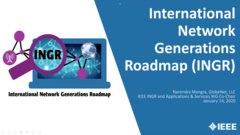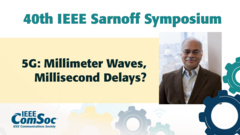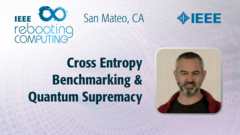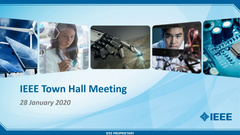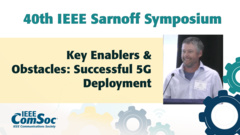IEEE Future Networks: Silicon Technologies for mmWave 5G Enhanced Mobile Broadband Radio Interface
5G, the next generation cellular standard will cover different usage scenarios covering enhanced mobile broadband (EMBB), ultra-reliable, low latency communication (URLLC) and low power massive machine-to-machine communication (mMTC). Radio interface of mmWave 5G EMBB may have different hardware architecture options both for User Equipments (UE) and infrastructure (like small cell, wireless backhaul). Current talk will focus on key figures of merits for 5G mmWave radio, different hardware architecture and chip partitioning options and how different silicon technologies like partially and fully depleted SOI, Silicon-Germanium BiCMOS can address the requirements for different mmWave 5G radio architectures.
5G, the next generation cellular standard will cover different usage scenarios covering enhanced mobile broadband (EMBB), ultra-reliable, low latency communication (URLLC) and low power massive machine-to-machine communication (mMTC). Radio interface of mmWave 5G EMBB may have different hardware architecture options both for User Equipments (UE) and infrastructure (like small cell, wireless backhaul). Current talk will focus on key figures of merits for 5G mmWave radio, different hardware architecture and chip partitioning options and how different silicon technologies like partially and fully depleted SOI, Silicon-Germanium BiCMOS can address the requirements for different mmWave 5G radio architectures.
 Cart
Cart Create Account
Create Account Sign In
Sign In
